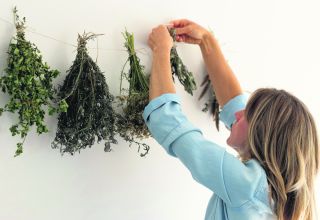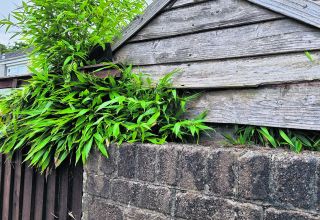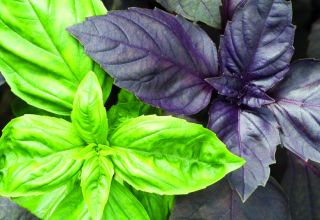Too many gardeners are not brutal enough and waste their final crop by letting greenery take over, and forgetting to care for the crop in the vital few weeks before harvest.
Growing tomatoes can be a tricky business.
We have no idea if we’ll have a sweltering summer like last year or if rain will come and encourage blight.
Or perhaps we’ll have an Indian summer to nudge what you thought would never get there into perfect ripeness.
You may think its all in the lap of the gods but there are things you can do to take a few steps to improve your chances of a perfect crop.
At this critical time of the season don’t let all the strength and goodness go into growing lots of greenery.
It is easily done and it is amazing just how quickly tomato plants can transform from poor week looking plants to overgrown top heavy and leaf heavy ’monsters’.
So be brutal and focus on the fruit.
- Snip away the large heavy leaves which can cover up the flourishing fruit- they can put a brake on your crop.
- Remove any yellowing leaves as you go along, and as the fruit starts to ripen you can start to remove the lower leaves of cordon plants to speed up the process, as they take up valuable nutrients as it makes it way up the plant.
- Generally don’t let the plant grow more than five or six feet.
- The simple rule to follow is cut off the top of plants, certainly of outdoor ones, when six trusses of fruit set – this helps to focus the plant’s energies.
Even at this stage of the season every week or so from when flowering starts, give your plant a seaweed or comfrey feed – the developing fruit will love the potassium.
Your plants will need support to grow strongly – use canes for tall varieties and/or netting for bushes. You may need to re stake as the final weeks go past and the fruit expands
- Watering can be critical in terms of the quality of your final fruit Water the soil, not the plant – tomato leaves and stems hate getting wet.
- Water little and often – it encourages steady growth and helps to avoid split fruit.
- You can try and sink a pipe vertically into the ground when you plant out. Tomatoes have two sets of roots: some at the surface that feed and lower ones that drink in water. The pipe gets the water down to where it counts quickly.
Tomatoes are riskier grown outside rather than in a greenhouse or polytunnel – if you’re thinking of chancing it then go for cherry tomatoes which ripen more quickly outside than others.
Grow your tomatoes in a location that has as much direct sun and shelter from winds as you can.
Bring any tomatoes that are still shy of ripeness at the end of the summer indoors and put a banana with them – the ethylene given off by the banana helps them ripen.
Pick leaves off around the tomatoes when they’ve reached full size but have yet to start changing colour – this gets the sun to the fruit, increases airflow, and minimises disease.
The most important thing is to grow some and take your time around harvest.
A perfectly ripe home-grown tomato, eaten sun-warm from the bush, really is unrecognisable from the ones you buy in the shops.










